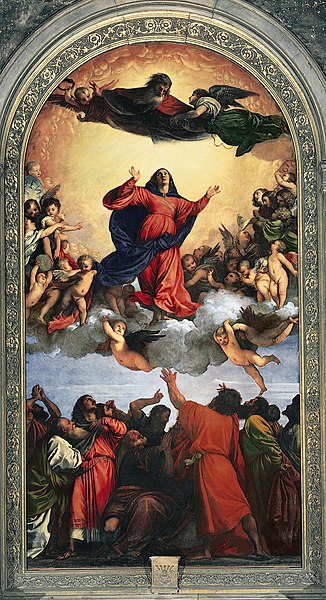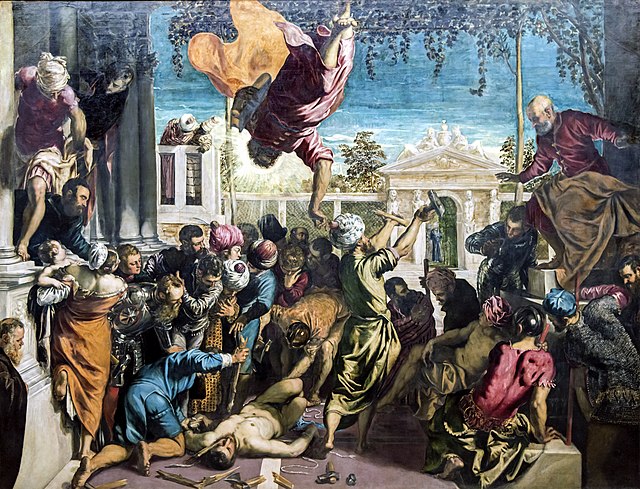Quinacridone is an organic compound used as a pigment. Numerous derivatives constitute the quinacridone pigment family, which finds extensive use in industrial colorant applications such as robust outdoor paints, inkjet printer ink, tattoo inks, artists' watercolor paints, and color laser printer toner. As pigments, the quinacridones are insoluble. The development of this family of pigments supplanted the alizarin dyes.
Taken by a scanning tunneling microscope, self-assembled quinacridone chains on a graphite background.
A pigment is a powder used to add color or change visual appearance. Pigments are completely or nearly insoluble and chemically unreactive in water or another medium; in contrast, dyes are colored substances which are soluble or go into solution at some stage in their use. Dyes are often organic compounds whereas pigments are often inorganic. Pigments of prehistoric and historic value include ochre, charcoal, and lapis lazuli.
Pigments for sale at a market stall in Goa, India
The Milkmaid by Johannes Vermeer (c. 1658). Vermeer was lavish in his choice of expensive pigments, including lead-tin yellow, natural ultramarine, and madder lake, as shown in the vibrant painting.
Titian used the historic pigment vermilion to create the reds in the oil painting of Assunta, completed c. 1518.
Miracle of the Slave by Tintoretto (c. 1548). The son of a master dyer, Tintoretto used Carmine Red Lake pigment, derived from the cochineal insect, to achieve dramatic color effects.




